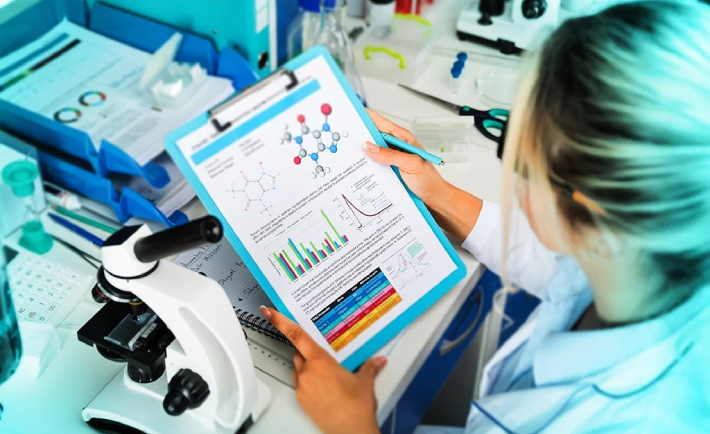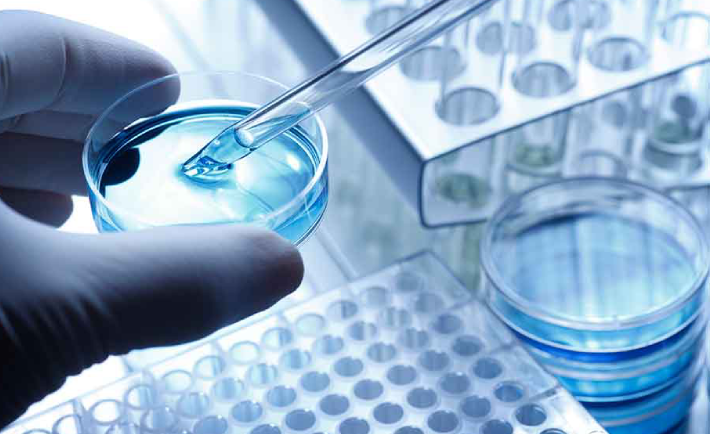Clinical Site Management
let's discuss What is Clinical Site Management?
The post involves operational management of all site issues as well as facilitating patient flow throughout the clinical areas. The post will also act as a support for both the Hospital at Night team and ward staff out of hours, to ensure the safe and effective use of resources to provide quality patient care.
Clinical Data & Site Management of clinical research site is a location, be it a brick-and-mortar facility in a city or a tent in a village in the bush of a developing country, committed to human subject projection and the ethical conduct of clinical research, which produces quality data to enable a scientific decision on the safety and efficacy.


What is a Clinical Monitoring
Plan ?
A Clinical Monitoring Plan (CMP) is created for each study that will be monitored. The information provided below serves as a guideline for developing the clinical site monitoring plan. The levels of complexity are based on human subject risk, size, nature, and complexity of the study.
What does a Clinical Researcher do in Site Management ?
Clinical researchers are responsible for conducting clinical trials, recruiting and screening patients, maintaining patient care and submitting findings upon completion of the trial. Throughout the trial, they must ensure ethical and proper clinical practice, following and enforcing strict rules and regulations.


How many clinical phases are there in Site Management ?
There are 3 main phases of clinical trials – phases 1 to 3. Phase 1 trials are the earliest phase trials and phase 3 are later phase trials. Some trials have an earlier stage called phase 0, and there are some phase 4 trials done after a drug has been licensed.
What is meant by Phase 1 clinical trial in Clinical Site Management ?
The first step in testing a new treatment in humans. A phase I clinical trial tests the safety, side effects, best dose, and timing of a new treatment. It may also test the best way to give a new treatment (for example, by mouth, infusion into a vein, or injection) and how the treatment affects the body. During Phase 1 studies, researchers generally test a new drug candidate in healthy volunteers (healthy people). In most cases, 20 to 80 healthy volunteers participate in Phase 1. The primary purpose of a Phase 1 study is to evaluate the safety of a new drug candidate before it proceeds to further clinical studies.


What are Phase 3 clinical trials in Site Management ?
Phase 3 of a clinical trial usually involves up to 3,000 participants who have the condition that the new medication is meant to treat. Trials in this phase can last for several years. The purpose of phase III is to evaluate how the new medication works in comparison to existing medications for the same condition.
What is the primary focus of Phase 3 clinical trials ?
The main focus of phase 3 trials is to demonstrate and confirm the prelimary evidence gathered in the previous trials that the drug is, a safe, beneficial and effective treatment for the intended indication.
What is a Phase 4 clinical trial of clinical site management ?
A Phase 4 trial is also known as a postmarketing surveillance trial or drug monitoring tria, to assure long-term safety and effectiveness of the drug, vaccine, device or diagnostic test.
What is the purpose of Phase 4 clinical trials?
A type of clinical trial that studies the side effects caused over time by a new treatment after it has been approved and is on the market. These trials look for side effects that were not seen in earlier trials and may also study how well a new treatment works over a long period of time.


What is a Phase 0 clinical trial ?
Phase 0 studies use only a few small doses of a new drug in a few people. They might test whether the drug reaches the tumor, how the drug acts in the human body, and how cancer cells in the human body respond to the drug. (This phase is included very rarely)
*All these test or trials are very essential to ensure the safety and usage of any drug. It take an average of 10 years for a new drug to develop and get confirmation for the usage.
